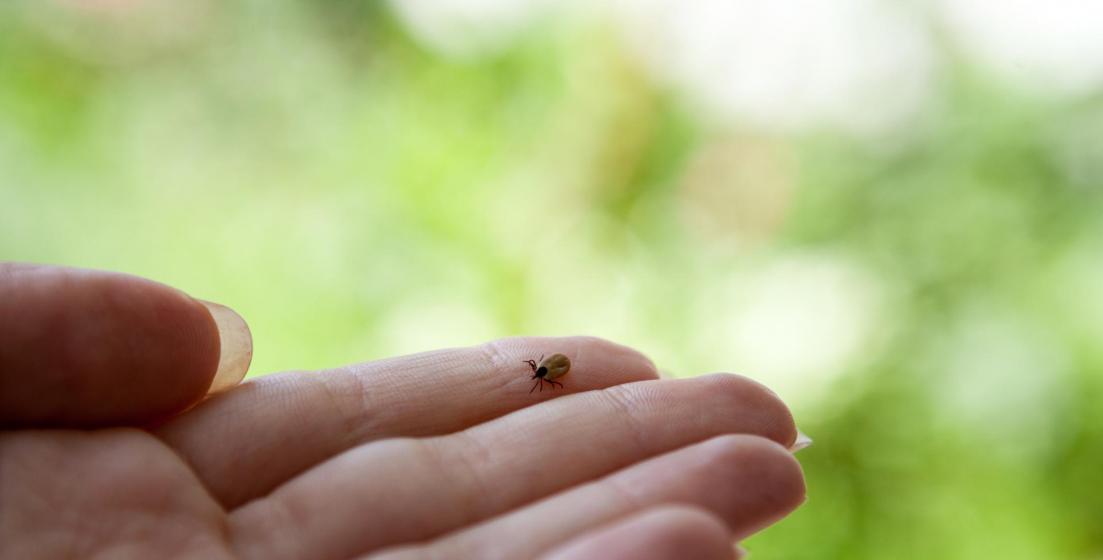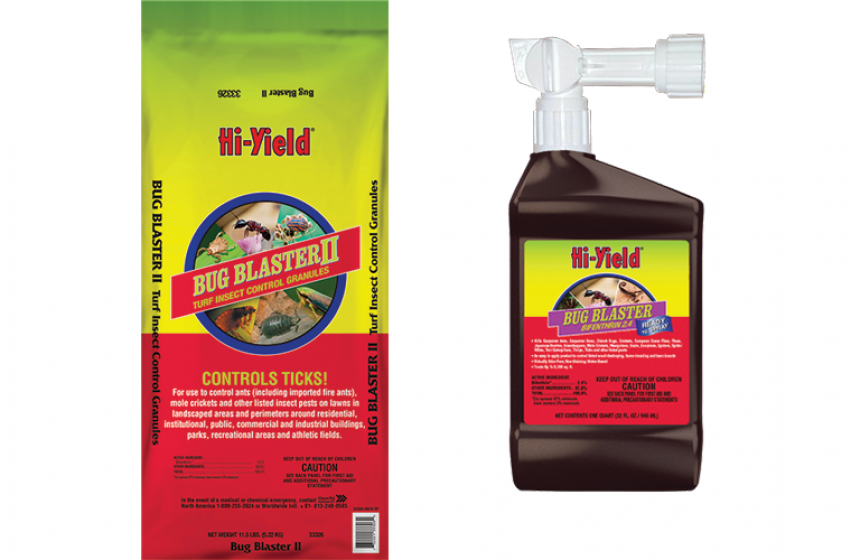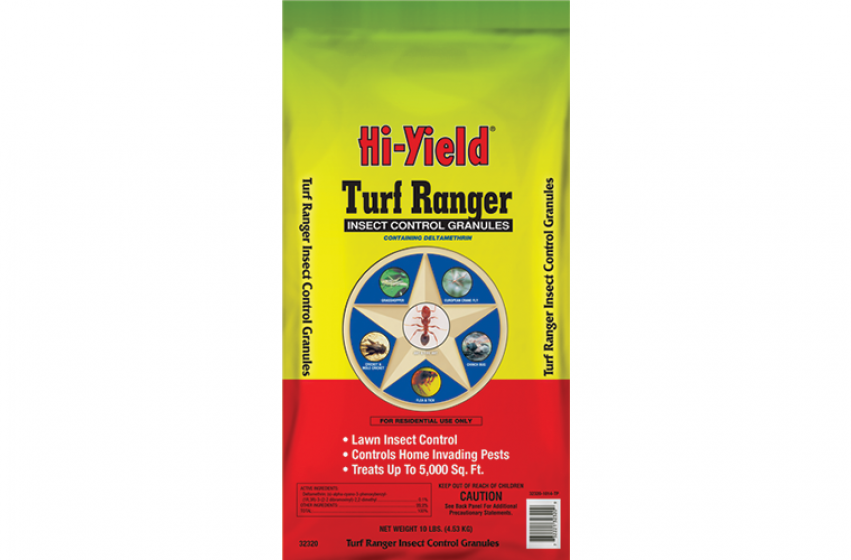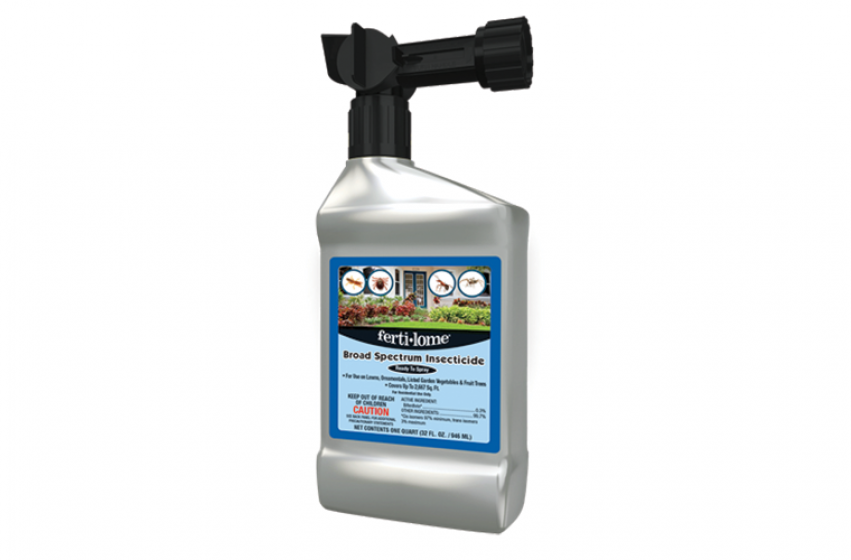Summertime - time to get outside with your family and friends and enjoy the sunshine and warm weather in your yard. The last thing you want to do is cover up and spend the whole day checking the kids and pets for ticks. The Centers for Disease Control and Prevention predicts summer 2017, to be the biggest tick-fest season ever. Why? Because there will be more ticks. The reason - last winter's mild temps weren't enought to kill these little pests.
Although ticks don’t pose a direct threat to the overall health of your turf, they can threaten the potential health of your family, friends and pets. Ticks hide in lawns and can cause potential health risks such as skin irritation, fever, aches & pains, rashes and diseases like Lyme disease, southern tick-associated rash illness (STARI), Rocky Mountain spotted fever (RMSF), ehrlichiosis, and tularemia as well as, while rare, the deadly Powassan virus (often carried by blacklegged ticks) or paralysis. It’s important to understand that with tick populations on the rise, there is an increased risk of contracting these diseases. The good news is it's not too late to do something about it. Below are six simple strategies, which can help you create a tick-free zone and minimize the likelihood of tick-related problems for you and your family.
- Prune back trees and shrubs to allow in more light. Ticks prefer hot, humid habitats, so be sure to allow as much light in as possible.
- Keep grass clipped to allow in more light and limit moisture. Ticks like tall grasses but do not cross into trimmed, clear lawns.
- If you mulch, choose cedar nuggets or chips. Not only is cedar a natural repellant for ticks and fleas, the nuggets retain less moisture and are therefore a stronger repellant of ticks.
- Keep it tidy. Pick-up and neatly stack empty gardening containers to reduce hiding and nesting spots for mice.
- Utilize deer repelling plants in the landscape. Deer are HOV’s (high occupancy vehicles) for ticks. Child-safe plants that might repel deer include strong-smelling herbs such as mint and lavender.
- Apply insect repelling & eliminating solutions. We recommend:
- Jonathan Green Organic Insect Granules - kills and repels over 100 insect pests with a patented blend of organic plant oils including ants, fleas, spiders, ticks, chinch bugs, ants, earwigs, army worms, spiders, billbugs, beetles, mealybugs, millipedes and many other lawn insects. Environmentally safe.
- Fertilome Bug Blaster Liquid Spray or Granules - provides broad spectrum control of insect pests in lawns, landscapes, perimeter around homes and buildings. Controls fire ants, fleas, ticks, mole crickets, chinch bugs, European crane flies, scorpions and other listed insect pests.
- Fertilome Broad Spectrum Insect Spray - for use on lawns, ornamentals, listed garden vegetables, and fruit trees. Provides four month control of insects indoors and up to six-weeks of control of insects outdoors. Kills insects and pests that damage roses, flowers, shrubs, fruit trees, vegetable gardens, and lawns. Controlled ants, armyworms, crickets, mosquitoes, ticks, and many more listed on the label.
- Hi Yield Turf Ranger Insect Granules – a broad spectrum residual insecticide for the control of certain insects in home lawns. Controls ants, army worms, chinch bugs, crickets, fire ants, fleas, grasshoppers, sod webworms, scorpions, spiders, European crane fly and others listed on label.
The benefits of enjoying the great outdoors far outweigh the risks related to tick bites. However, with the increase of people contracting Lyme’s disease and other tick-related conditions, anyone who spend time outdoors during the hot and hazy days of summer needs to be aware of the potential threat associated with ticks. Following these recommendations and precautions can help reduce the risks and keep ticks away.






